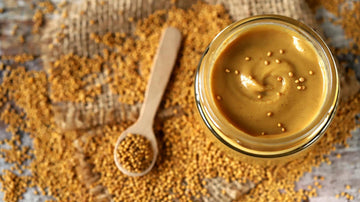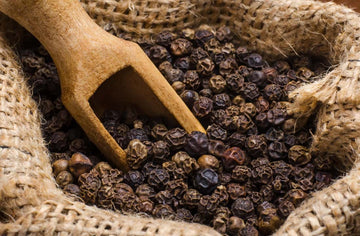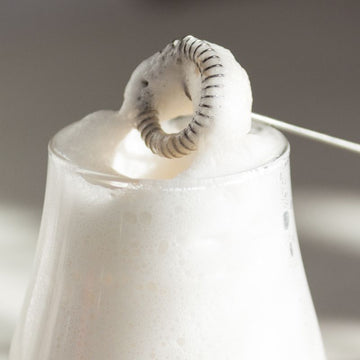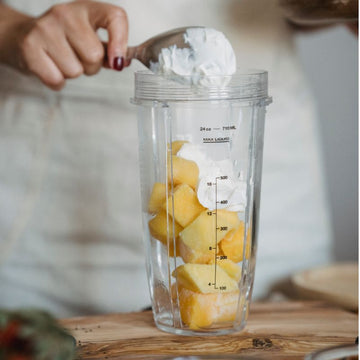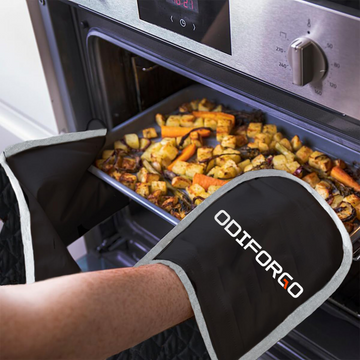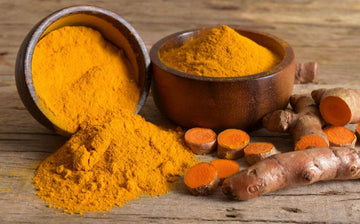Need a heavy cream substitute in a pinch? Whether you ran out mid-recipe, want a lighter option, or prefer dairy-free, there are plenty of reliable swaps that keep your sauces silky, soups rich, and desserts luscious. We’ll show you which alternatives work best for simmering, whipping, baking, and even coffee—without sacrificing flavor or texture.
In this guide, you’ll get straightforward picks for both dairy and non-dairy heavy cream substitutes, plus exactly how to use them: the right ratios, when to heat gently, and what to expect in taste and thickness. We’ll also flag the best choices for whipping, the ones that shine in hot dishes, and the options that stay smooth instead of curdling.
By the end, you’ll know which substitute to grab for Alfredo, which to blend for a vegan ganache, and which to whisk into whipped “cream.” If you searched for a heavy cream substitute—or typed “heavy cream substitute”—you’re in the right place.
Whole milk and butter
This classic duo is a simple, reliable heavy cream substitute for everyday cooking. By blending whole milk with melted butter, you mimic the higher fat content of heavy cream, which keeps sauces silky and soups rich without feeling overly heavy.
To make it, melt unsalted butter and let it cool slightly, then whisk it into whole milk until smooth and fully emulsified. For most recipes, use 3/4 cup whole milk plus 1/4 cup melted butter to replace 1 cup heavy cream. The mixture won’t whip into peaks, but it performs beautifully in hot dishes, casseroles, and baking batters.
Use it where cream adds body rather than aeration. Stir into pan sauces off the heat to prevent separation, fold into creamy pasta, or swap in for cream in muffins and quick breads. If you need extra thickness, whisk in a teaspoon of cornstarch or flour before adding to the pot, or simmer gently to reduce. Avoid vigorous boiling—low and slow helps the milk-fat blend stay smooth.
-
Ratio: 3/4 cup whole milk + 1/4 cup melted unsalted butter = 1 cup substitute
-
Best for: sauces, soups, casseroles, baking (not suitable for whipping)
-
Tip: bring ingredients to room temp and whisk thoroughly for a stable emulsion
Coconut cream
For a dairy-free heavy cream substitute, coconut cream delivers rich body and a silky texture with minimal effort. It’s the thick, high-fat portion of coconut milk—available as canned “coconut cream” or by chilling a can of full‑fat coconut milk and scooping the solid layer from the top.
Use it 1:1 anywhere cream adds richness: stir into sauces and curries near the end of cooking, fold into custards, or blend into vegan ice cream. For whipped “cream,” chill the can overnight, drain any liquid, then whip the solids with a little powdered sugar and vanilla until fluffy. If you need extra stability for piping or hot dishes, whisk in 1–2 teaspoons cornstarch, arrowroot, or a pinch of cream of tartar.
Expect a gentle coconut flavor, which pairs beautifully with chocolate, berries, pumpkin, chai, and savory dishes like Thai‑style soups. Avoid vigorous boiling—keep heat moderate and add coconut cream off the flame to prevent separation. If it does split, re-emulsify with an immersion blender and a splash of plant milk.
-
Ratio: replace heavy cream 1:1
-
Best for: vegan whipping, creamy sauces, custards, frostings
-
Tip: choose full‑fat cans; avoid “light” coconut milk for best texture
Evaporated milk

Evaporated milk is shelf‑stable milk with about 60% of its water removed, giving it a naturally thicker body and gentle, toasty flavor. It’s a dependable heavy cream substitute for hot dishes and baking because it handles heat better than regular milk and won’t easily curdle.
Use it 1:1 in creamy soups, chowders, mac and cheese, pasta sauces, and custards. For extra richness closer to heavy cream, whisk in 2–3 tablespoons of melted unsalted butter per cup of evaporated milk. If you need more thickness, simmer the sauce to reduce, or add a small cornstarch slurry and cook until it lightly coats a spoon. Avoid a hard boil; steady, moderate heat keeps the texture smooth.
In baking, swap evaporated milk for cream in pies, quick breads, and casseroles without changing moisture levels too much. Its subtle caramel note plays nicely with pumpkin, chocolate, and coffee. It won’t whip, so skip it for toppings, but it’s excellent for body and stability in cooked recipes.
-
Ratio: 1:1 for most recipes; add 2–3 tbsp butter per cup for richer results
-
Best for: sauces, soups, custards, mac and cheese, baked casseroles
-
Tip: choose full‑fat evaporated milk and use moderate heat to prevent separation
Using a milk frother with substitutes
An electric milk frother can make a heavy cream substitute feel closer to the real thing by improving emulsion and adding silky microfoam. You won’t magically turn low‑fat liquids into whipped cream, but you can boost body, smooth out texture, and help sauces and coffees taste richer.
For milk-and-butter blends, warm the mixture until just lukewarm, then froth for 15–30 seconds to create a stable emulsion that won’t separate as easily in pan sauces. Evaporated milk benefits too: frothing gives it a velvety finish for chowders or mac and cheese. With coconut cream, chill the can overnight, scoop the solids, and briefly froth with a spoonful of the can’s liquid plus a little powdered sugar or vanilla; this yields a light, spoonable topping. Plant milks (oat or soy, ideally “barista” styles) can be frothed with 1–2 teaspoons of neutral oil per cup to mimic creamier mouthfeel for coffee, hot chocolate, or creamy soups.
-
Emulsify: froth warm whole milk + melted butter (3:1) for a smoother cream swap in sauces.
-
Finish: give evaporated milk a 10–15 second froth before stirring into hot dishes for extra silk.
-
Whip-lite: froth chilled coconut cream with a pinch of powdered sugar for a quick dairy-free topping.
-
Boost plants: froth oat or soy milk with a splash of oil for richer lattes or cream-style soups.
Tips to keep it smooth: avoid overfilling thick mixtures, and keep temperatures moderate (about 130–140°F/55–60°C) so substitutes don’t scald or split—especially coconut cream. If a sauce separates, a brief froth usually re-emulsifies it. A tiny pinch of xanthan gum or cornstarch slurry can add stability, but start small. Clean the frother right away; fat residues can dull foam and flavor in your next batch.
Wrapping up
Finding a heavy cream substitute is less about perfection and more about choosing the right tool for the job. Need richness in a simmering sauce? Whole milk plus melted butter or evaporated milk will do the trick. Want dairy-free creaminess for curries, custards, or a spoonable topping? Coconut cream steps in beautifully. Keep flavors in mind—coconut brings a gentle sweetness, evaporated milk adds a toasty note, and milk‑and‑butter is neutral but won’t whip.
A few simple habits help every heavy cream substitute shine: add gently over moderate heat, whisk or froth to emulsify, and adjust thickness by reducing or using a small slurry when needed. If you’re working in coffee, cocoa, or finishing a sauce, a quick froth adds that silky body cream is known for without changing your recipe.
With these swaps and techniques, you can cook confidently even when cream is out of reach. Bookmark this guide, experiment with small batches, and tailor the ratio and method to your dish. Whether you search for a heavy cream substitute or type “heavy cream substitute,” you’ve now got reliable options for every pot, pan, and mug.

